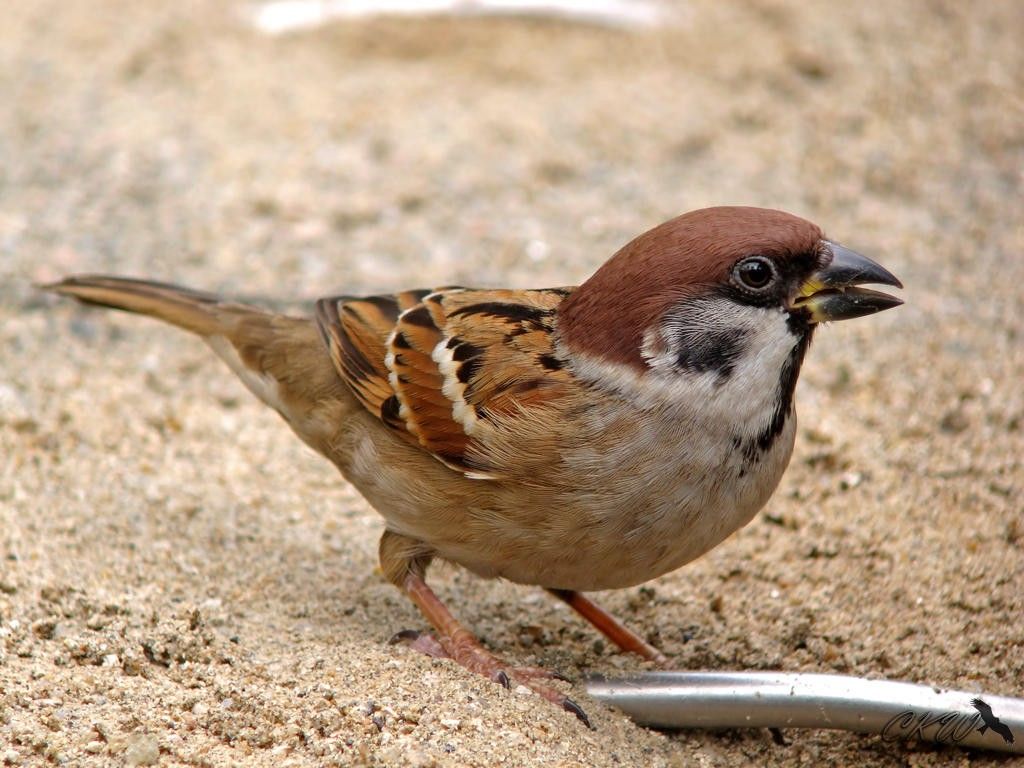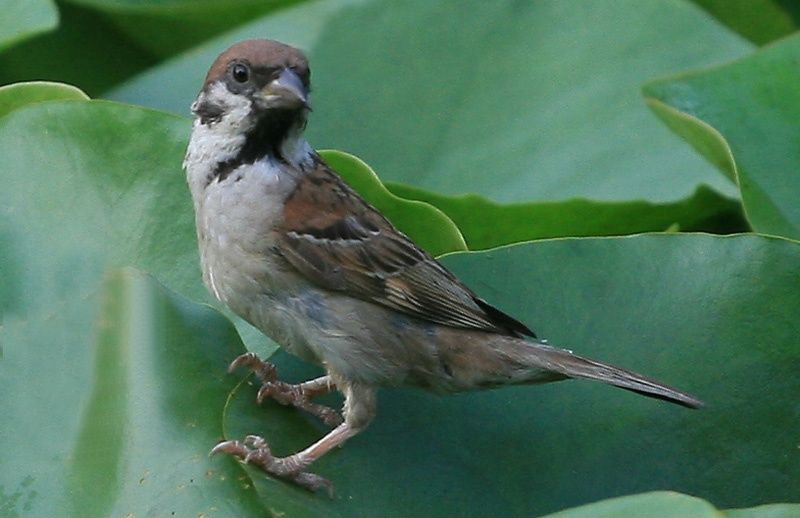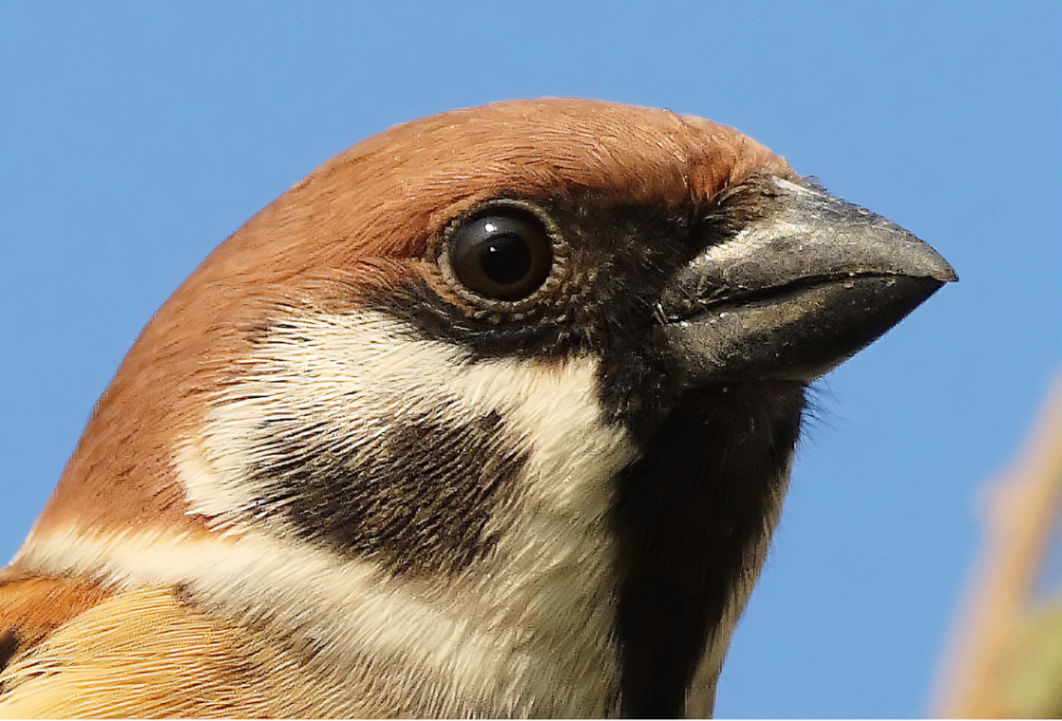Mitochondrial DNA studies suggest that speciation in the genus occurred during the Pleistocene and earlier, while other evidence suggests speciation occurred 25,000 to 15,000 years ago.

Most Passer species are dull-coloured birds with short, square tails and stubby, conical beaks, between 11 and 18 cm (4.3 and 7.1 in) long.

The genus Passer contains about 25 species, depending on the authority, 26 according to the Handbook of the Birds of the World.

Dialectal names include sparr, sparrer, spadger, spadgick, and philip, mainly in southern England; spug and spuggy, mainly in northern England; spur and sprig, mainly in Scotland; and spatzie or spotsie, from the German Spatz, in North America.

The house sparrow is also called by a number of alternative English names, including English sparrow, chiefly in North America; and Indian sparrow or Indian house sparrow, for the birds of the Indian subcontinent and Central Asia.

Thanks for Being a Hey Member!
Your journey with us has been invaluable. By supporting "Hey", you're not just a part of our story, but you're also fueling the vibrant future of open-source development. Here's to more innovation and collaboration ahead!

Opening the garden
art by @notgonnamakeit
Limited Collect for 1 MATIC
80% going to the artist, and 20% going to @creators to collect and tip more creators on Lens.
The Latin word domesticus means "belonging to the house", like the common name a reference to its association with humans.

The Latin word passer, like the English word "sparrow", is a term for small active birds, coming from a root word referring to speed.

